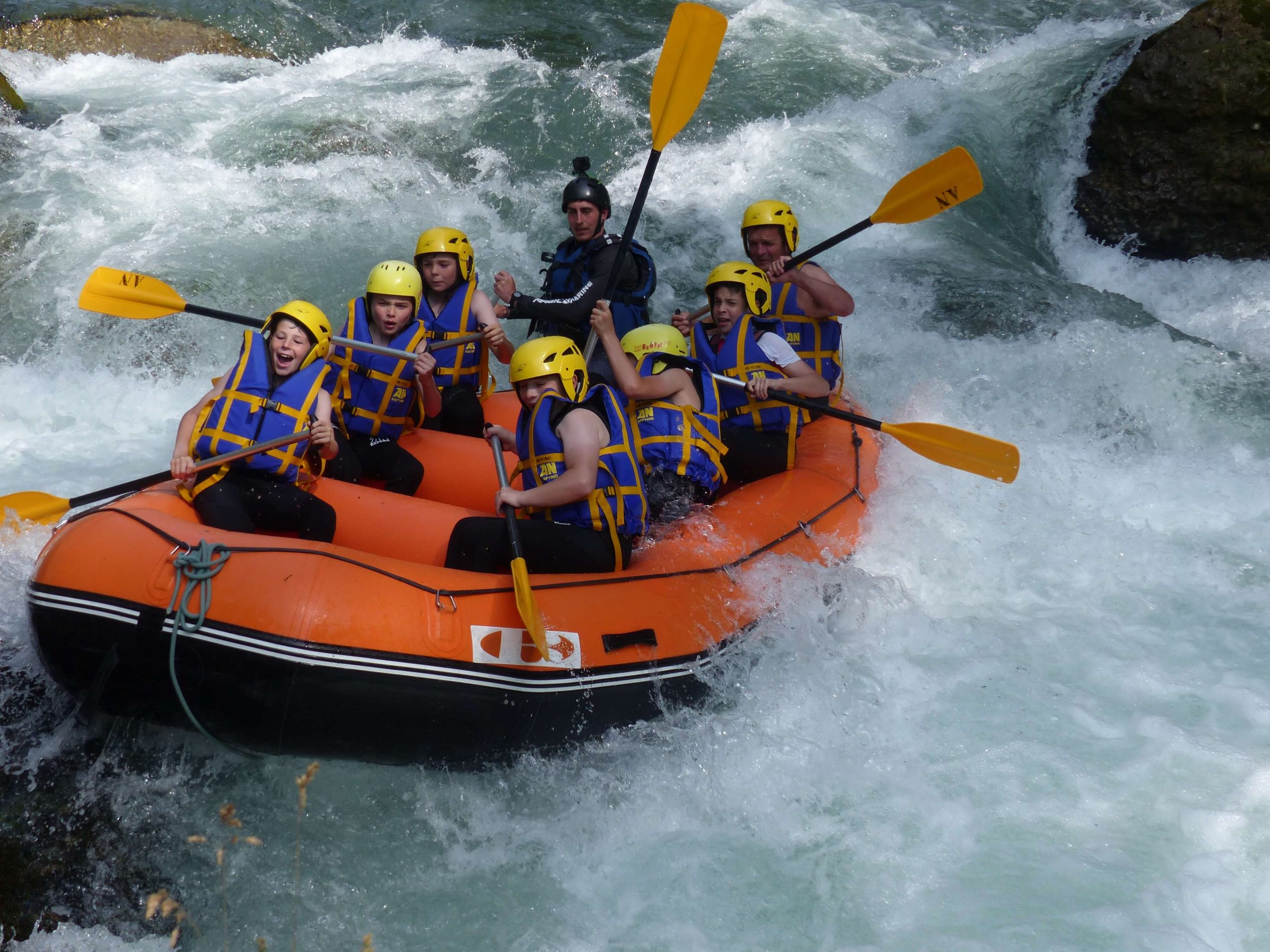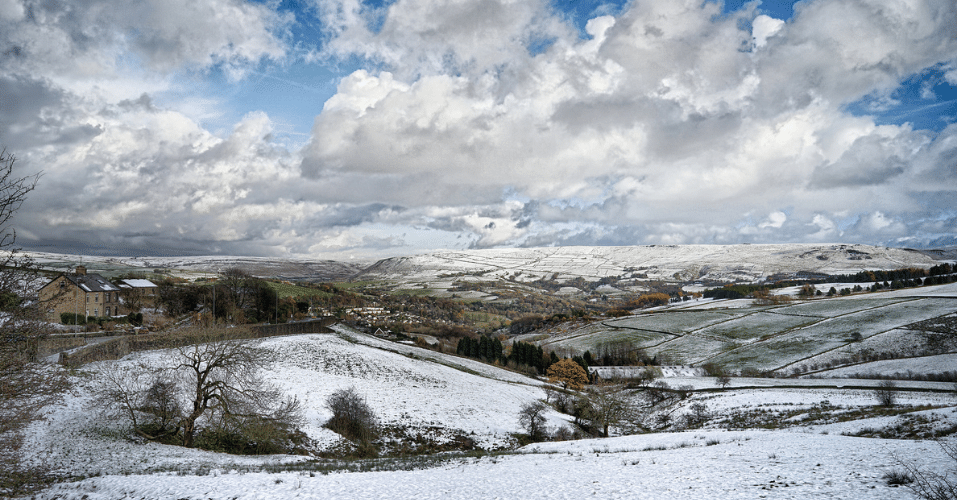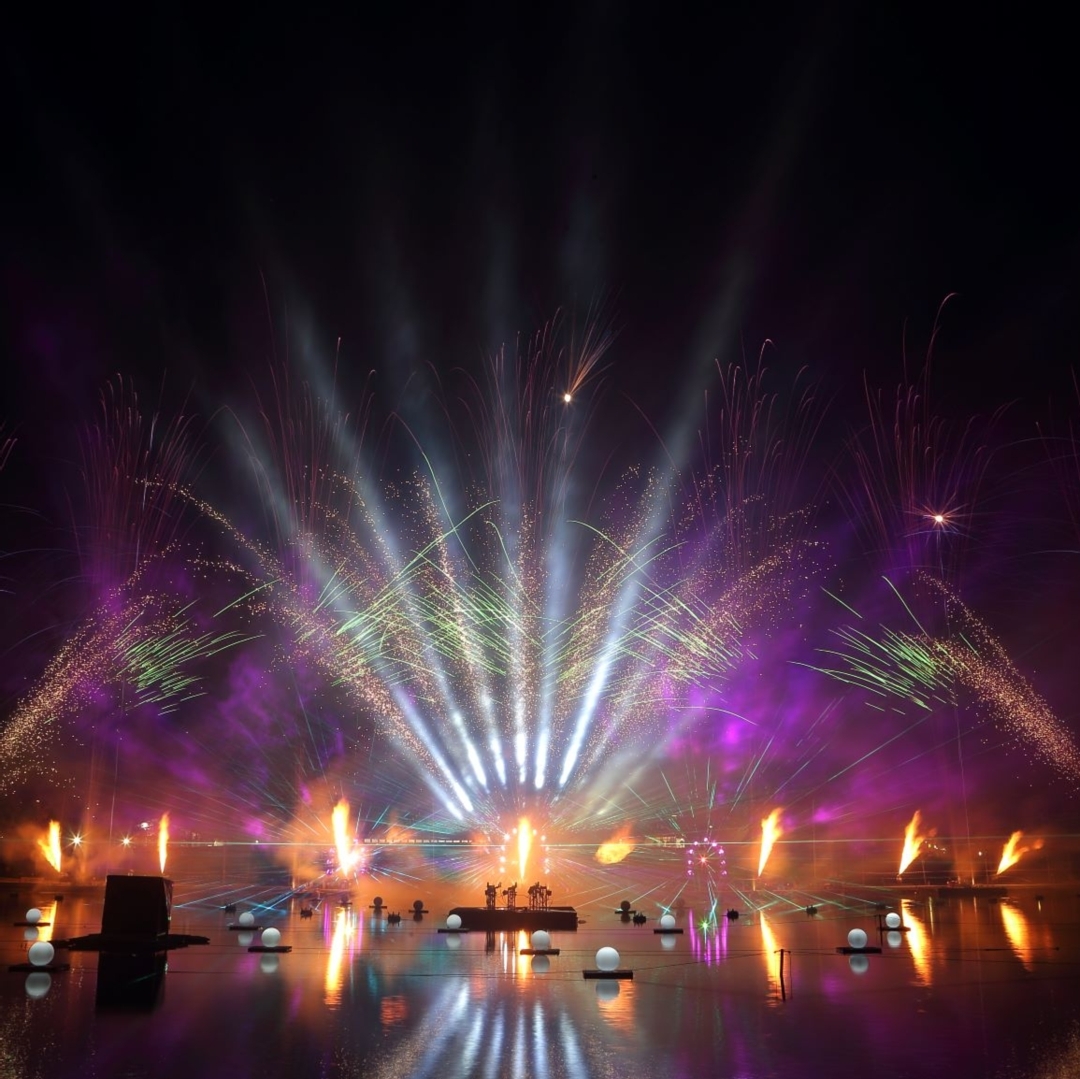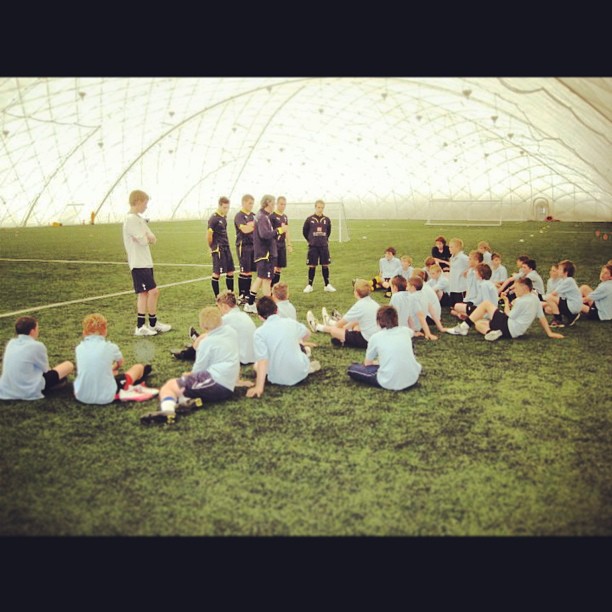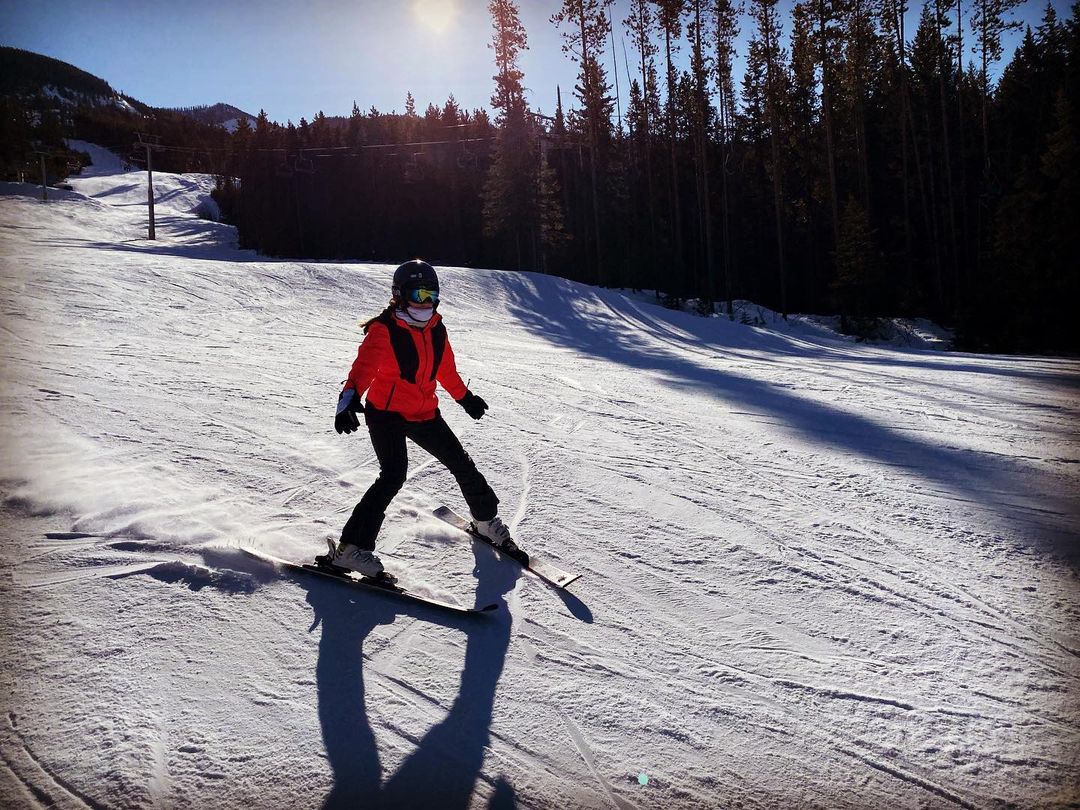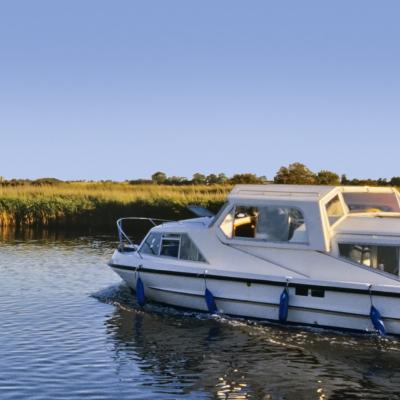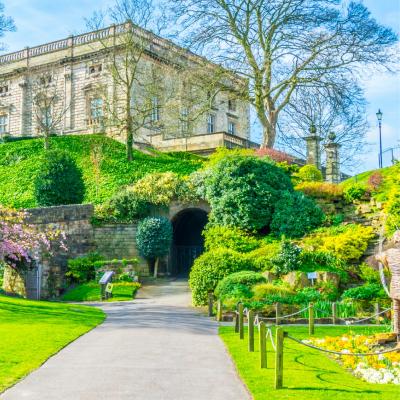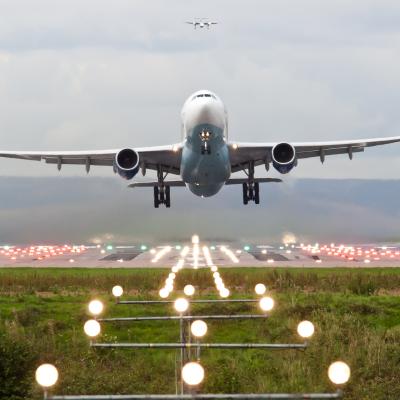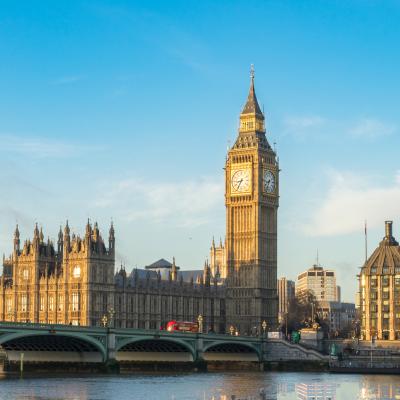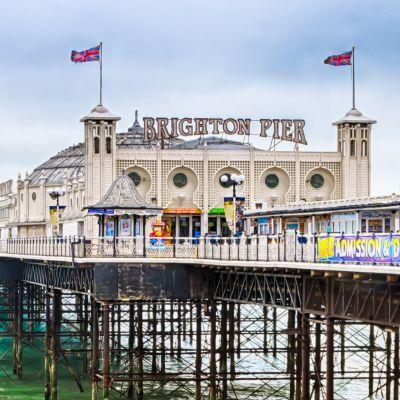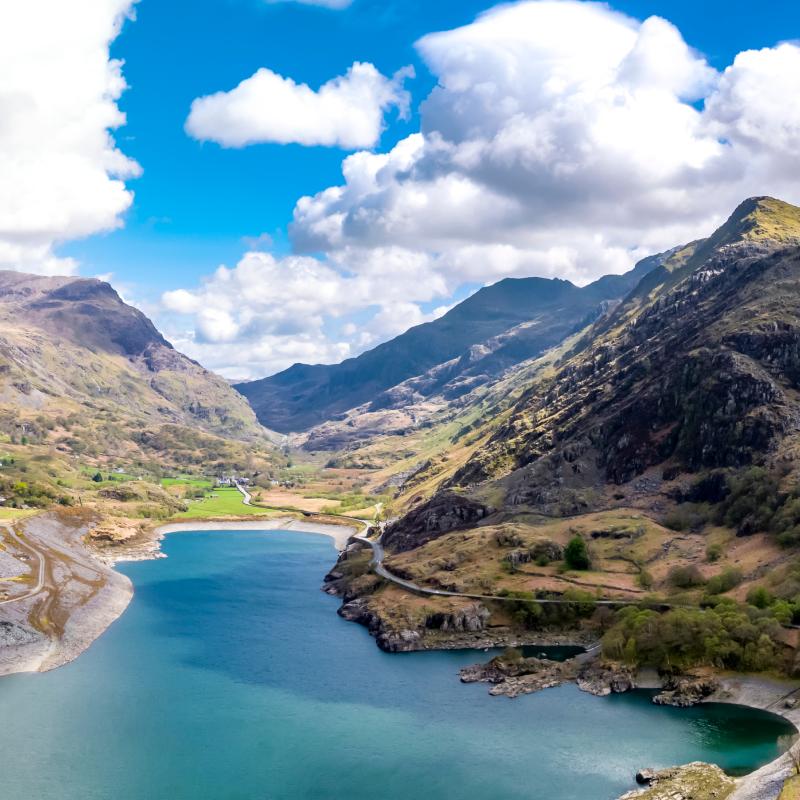Arctic Education
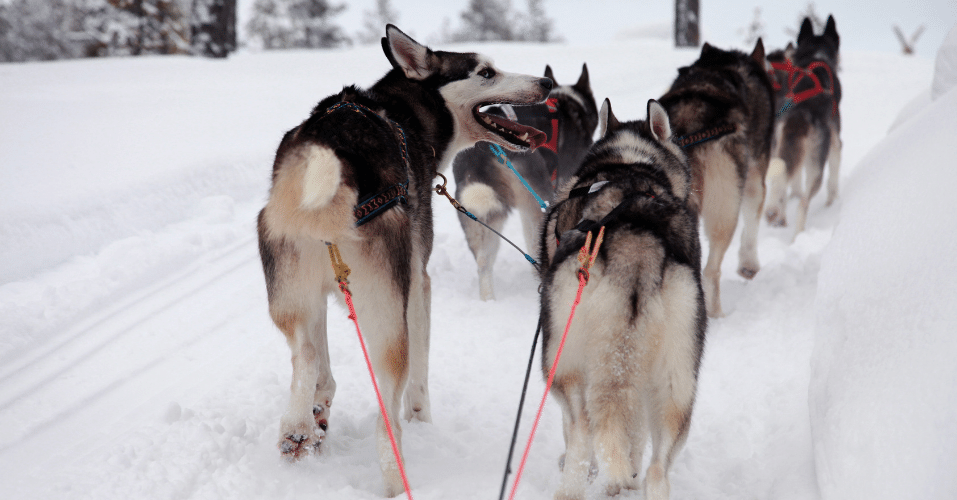

Photos of Arctic Education
What will students see and do?
Adventure specialist Arctic Education organises once-in-a-lifetime trips across the Arctic region, with experiences ranging from husky sled riding to skiing, and expeditions to see the Northern Lights.
A number of packages are available, such as skiing in Norway, tours of Iceland and a week with husky dogs in Sweden.
For example, the Northern Lights package takes students to the Aurora Camp, which is situated just outside the bustling Kiruna City in Sweden. It’s an experience that goes far beyond the standard ski holiday and shows students the beauty and majesty of the area.
The first day of the trip is reserved for finding your bearings and exploring the city, with the rest of the stay being packed with adventure.
Day two sees students visit a permanent ice hotel where they learn about its innovative solar design – which keeps it open in summer – and experience its fabulous art rooms. On day three, pupils take an exciting ride through the snow on a sledge pulled by huskies, allowing them to enjoy a traditional mode of travel that has endured for centuries.
The fourth day has a more scientific focus as pupils visit the world’s largest iron ore mine, travelling on a bus to the visitor centre – 540 metres below the surface – to learn about how the mine operates.
The next two days are dedicated to outdoor survival. Students will learn to build igloos, try their hand at ice fishing and go on a snowmobile ride.
On day seven, students can learn about the impact of travel and tourism on Kiruna, and its urban transformation.
How does the trip link to the curriculum?
The Northern Lights can be linked to the curriculum in a number of ways and the trip offers a cross-curricular approach that puts learning in context.
By day two of their school trip, pupils will already have an understanding of sustainability, the local environment, eco-design, and technology – with much of this being covered during the visit to the ice hotel.
Day four, where the pupils visit the LKAB mine and visitor centre, covers several curriculum areas. Learning about the production of iron ore touches on geology, science, design and even economics, all great for developing an interest in STEAM.
These topics are also explored during the visit to Kiruna City – an area that, buoyed by tourism, has undergone significant development. Studying the region will help students make links to the environment, sustainability, and travel and tourism.
Beyond the curriculum, the trip helps pupils to work on their interpersonal skills. Adventure and teamwork are embedded throughout the stay, with activities such as building shelters and learning to light fires helping students’ confidence to blossom.
Subjects covered
Teaching resources provided
The Arctic Education website includes a page with an overview of the trip from a teacher’s perspective. It contains information on safety and curriculum links and can be used to highlight the value of the trip to pupils, parents and governors. You can view it here (www.arctic-education.com/teachers).
A Travel Aware Teacher Pack is also recommended for use before the trip. This education resource is provided by the British Government and is for PSHE lessons in Key Stages 4 and 5. It focuses on the risks associated with foreign travel and how to manage them.
The website has a packed blog with information that will support organising the trip – including an article about the value of the visit for pupils, which would be useful if you’re writing a letter for parents or governors.
Minimum and maximum group size
The minimum number of pupils on a trip is 20. Free teacher places are offered depending on the size of the group.
Details of risk assessment
The activities on the trip are very low risk. A husky tour and a snowmobile ride are the most challenging activities, but these are both manned by trained professionals. Pupils will visit the city once on their stay, but the rest of the trip takes place in forest and outdoor environments.
In terms of financials, trips are fully bonded with ATOL and ABTA registration. A full, 24-hour direct phone support service is also offered while you are on the tour.
Don't miss our downloadable A-Z guide on completing a risk assessment

Facilities on-site
Pupils will stay in a wilderness camp in cabins with hot water and electricity. On-site facilities are extremely basic, with compost toilets. However, all of this will pale into insignificance when they get a view of the beautiful Northern Lights.
For two nights, pupils will get to stay in igloos on the camp. A dining hall is available as an emergency backup, and this can also be used to show DVDs or arrange entertainment.
Opening times
Speak to the team during office hours to arrange your trip.
Pricing
Prices are not listed on the website. However, you can contact the company for a direct quote.
Travel arrangements
Flights will be to the small but organised Kiruna Airport in Sweden. From here, bus transportation will be the main method of travel while on the trip.
Book your school trip to Arctic Education
For information on booking your school trip to this venue, click below.

